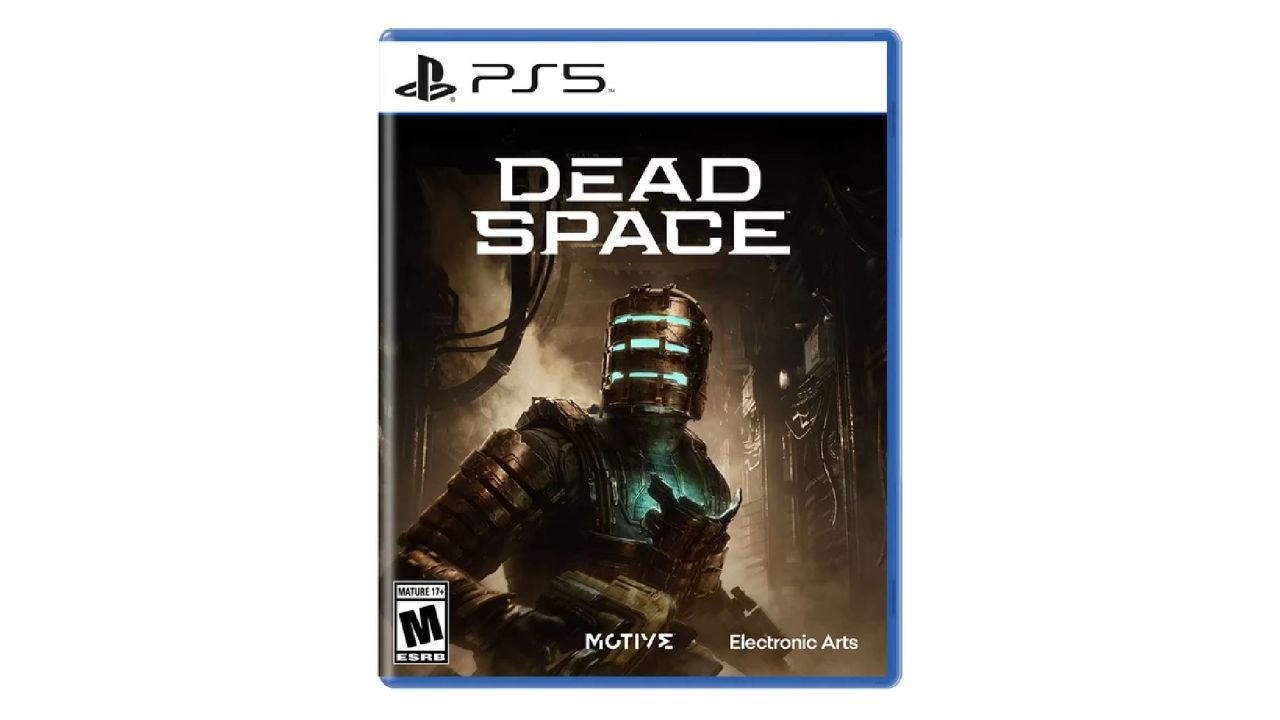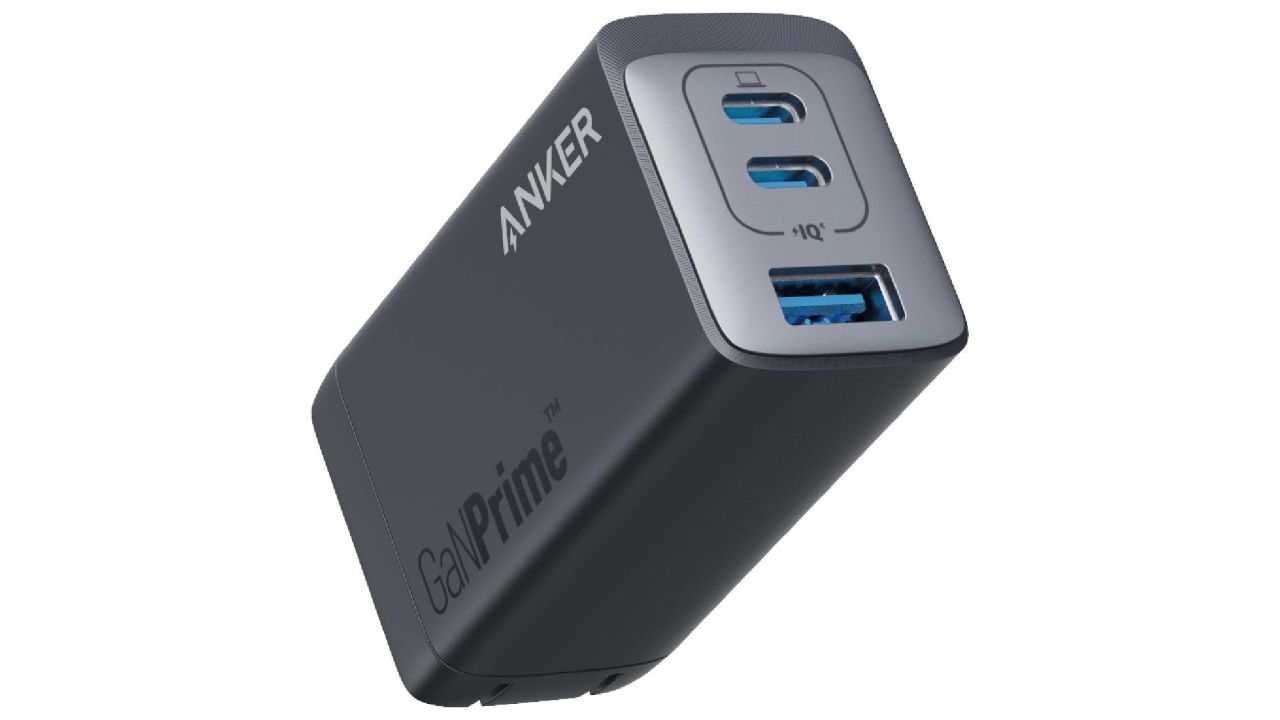Given that every other game these days is seemingly a remaster, reboot or re-imagining of some sort, you can be excused for not knowing exactly what to expect from the recently released Dead Space. But this ambitious “remake” is just that: a brand-new version of Electronic Arts’ 2008 sci-fi survival horror classic built from the ground up for PS5, Xbox Series X and modern gaming PCs.
As such, it’s quite faithful to its source material, retaining its core elements but also significantly enhancing them with an overhauled presentation that leverages the latest audio and visual tech to deliver a far more detailed, polished experience. But beyond just raising the cinematic bar and ratcheting the immersion, this return to the derelict USG Ishimura introduces a number of gameplay refinements and improvements over the original.
Of course, it’s how all these creative elements come together that ultimately shapes the quality of the finished product. Thankfully, EA’s Motive Studio hasn’t merely mashed these various parts together and hoped for the best, but has clearly created Dead Space from a place of passion. The result isn’t just the definitive version of a game originally released 15 years ago, but a title that can stand tall among its next-gen console contemporaries.
A built-from-the-ground-up remake, Dead Space not only retains its source material's best elements — particularly its dismemberment-driven combat — but also offers across-the-board improvements and enhancements, while layering in some entirely fresh, fright-fueling features.
What we liked about it
Pulse-pounding presentation
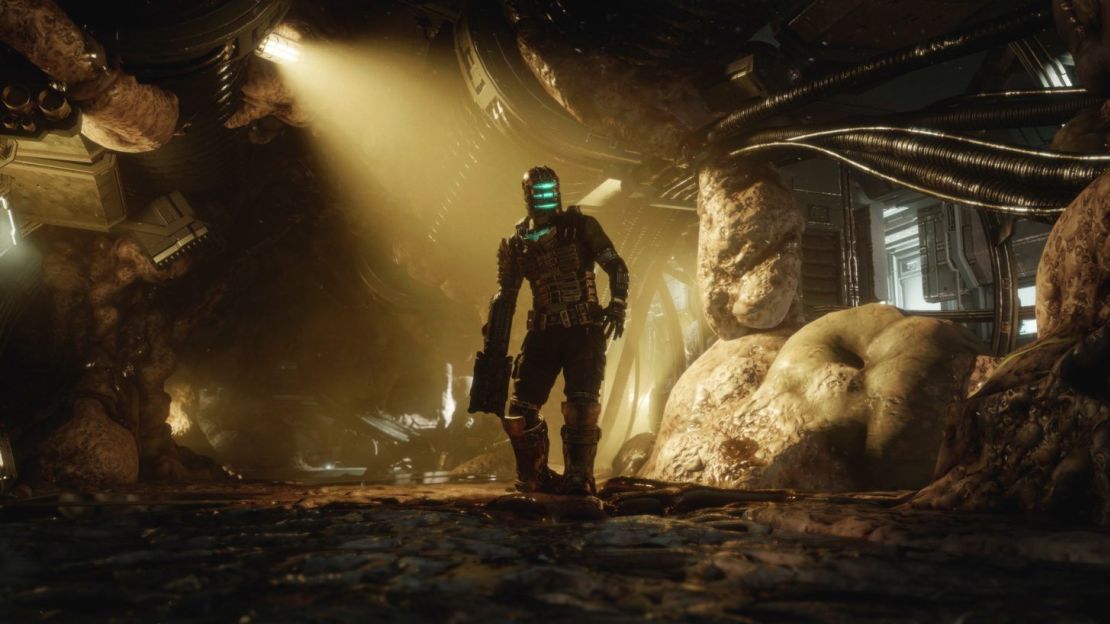
While the original Dead Space had little trouble scaring the pants off PlayStation 3 and Xbox 360 players, the next-gen remake significantly ups the ante, fostering a nerve-fraying atmosphere that’ll undoubtedly host our future nightmares. And that’s before you encounter your first Necromorph, corpse-reanimating creeps that make run-of-the-mill zombies seem about as threatening as Mister Rogers.
As Isaac Clarke, an everyman engineer answering a mining starship’s distress call, players quickly find themselves navigating the claustrophobic corridors of the USG Ishimura. Spilled entrails, mutilated corpses and more blood-scrawled messages than you can shake a severed limb at litter your path. Pro tip: When you encounter a note reading “We have run out of body bags!!”, don’t interpret it as a request to grab more at the grocery store, but rather a strong hint to haul hide in the other direction.
Not-so-subtle warnings aside, it’s the expert use of light and shadows that consistently elevates the ship’s goosebump-inducing details. The gore-soaked setting is complemented by incredibly unsettling, moody lighting effects that literally had us flinching in our seats. Our first genuine fright didn’t come from a grotesque Necromorph attempting to skewer us with its spiky appendages, but an innocuous silhouette cast by protagonist Clarke. Toss in plenty of realistic fire, smoke, steam, sparks, fog and other immersion-cranking elements, and Dead Space’s haunted hunk of junk needn’t rely on its crew of mutated corpses to deliver its scares.
Of course, this visually striking living nightmare is further supported by equally engrossing audio work. Beyond the blood-curdling screams, groans, and cries of your alien antagonists — and the unfortunate souls they’ve already encountered — the game’s peppered with subtler sounds capable of testing the limits of our increasingly fragile psyches. Many of these cues, like the chilling “flatline” that triggers upon death, cleverly creep through the PlayStation 5’s DualSense controller.
Similarly haunting is the desperate, disappointing “ping” you hear upon frantically attempting to administer a med pack — when you have none — seconds before becoming a Necromorph snack. Combine these additive aural touches with the controller’s game-enhancing feedback features, and those seeking the absolute scariest version of Dead Space will want to consider braving the Ishimura from behind a DualSense.
Grotesque-in-good-way gameplay
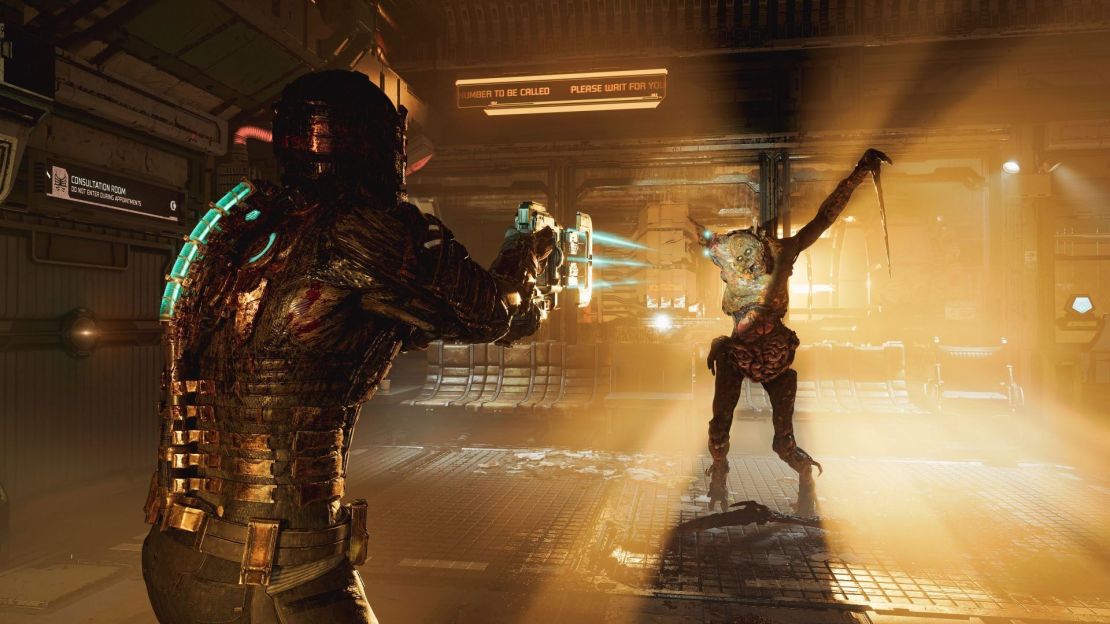
Dead Space’s detail-drenched setting puts you in the scariest spacecraft this side of “Alien”’s Nostromo, but its cinema-rivaling audio and visual presentation also, er, bleed into the gameplay. The original game introduced a novel dismemberment feature, forgoing the usual head-and-torso kills for more strategic, limb-cutting combat. The remake retains this appendage-severing system, but like everything else, pushes it to new, gruesome heights.
As you attempt to systematically separate Necromorphs from their arms and legs, you’ll strip away their skin, bone and muscle. But more than simply turning our stomachs, the graphic flaying can reveal an enemy’s weaknesses — like an exposed organ — as well as indicate how close they are to drawing their last breath.
It’s a satisfying, if sickening, system that’s made all the more rewarding by Isaac’s arsenal of mining tools. Most of his weaponized instruments utilize “ammo,” like precision laser blasts and buzzing saw blades, that’s especially good at littering the Ishimura with the lopped limbs of your victims. And this is before you consider their alternate fire modes and upgrade paths, which only increase their ability to paint the ship red as you progress. It’s saying a lot that the least satisfying weapon to use is a powerful pulse rifle any space marine would be proud to wield.
Combat is further supported by stasis and kinesis powers, which also play a welcome part in solving puzzles. The former slows enemies in their tracks, while the latter, a Force-like skill, allows you to impale baddies with environmental objects — or their own detached limbs if you’re feeling creative. As with the mining tools, these abilities benefit from enhancements and upgrades unlocked and invested in on a skill tree.
Many survival horror experiences are built around, well, surviving, often reducing combat to an afterthought. It’s notable, then, that Dead Space not only retains the stay-alive appeal and tension of the genre, but backs it up with an absolute banger of a combat system. This was true of the title back in 2008, but thanks to the remake’s myriad enhancements, it hits even harder today.
Changes worth dying for
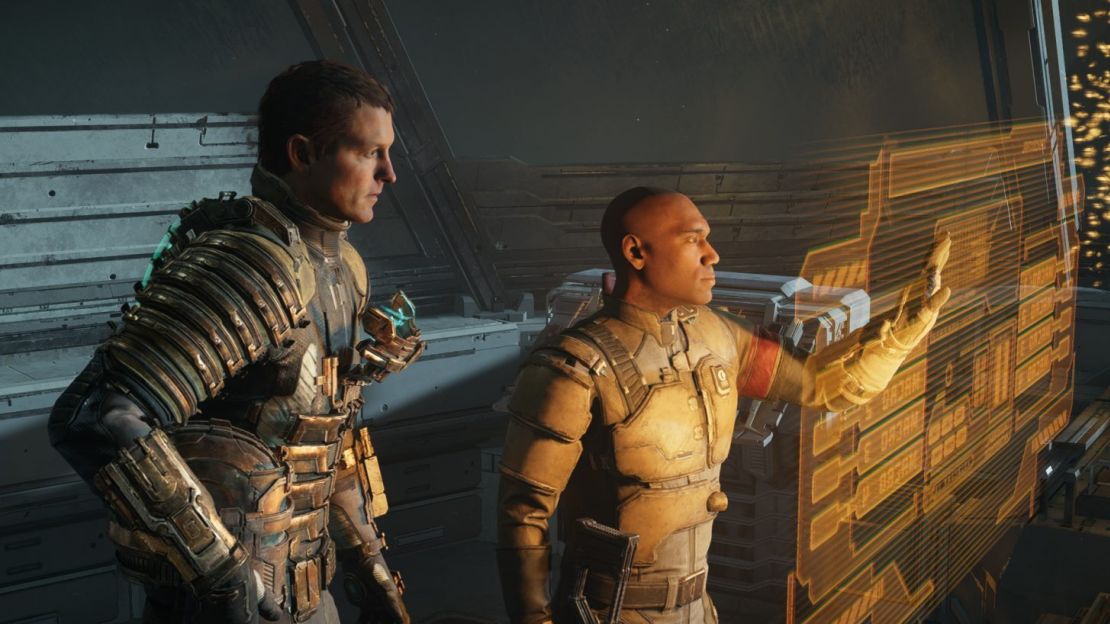
Like a victim’s flesh that’s fused with the Ishimura’s walls, Dead Space sticks closely to its roots. But while it refines and polishes what worked the first time around, it also strays from its predecessor’s format to both enhance the existing experience and elevate it to the standards of today’s games.
Isaac, a silent protagonist in the original game, now speaks. Performed by Gunner Wright — the same actor who voiced him in Dead Space 2 and 3 — his reactions to the escalating horrors he faces, as well as his frantic interactions with others on his team, now feel far more authentic and emotional.
The ship has also received an updated layout, containing some new rooms and paths, resulting in a more organic, interconnected feel. That latter aspect is especially apparent in how it introduces previously unavailable options for exploration and travel. As in 2008, players can access a tram to get to the ship’s dedicated sectors, but those feeling adventurous can now brave some of these lengthier treks on foot.
This fresh layout also feeds into the addition of optional side-quests, as well as a security access system that allows Isaac passage to new areas — and into loot-containing lockers and chests — as he progresses. On top of eliminating some of the original’s stricter linearity, the expanded map also rewards backtracking and diversions off the beaten path.
On top of extra loot, those rewards include additional lore, backstory and other world-building elements, like a much deeper dive into Isaac’s relationship with his missing girlfriend Nicole and her harrowing moments leading up to the outbreak. Those aforementioned optional objectives, as well as new notes and audio and video logs, also shed?more light on the ship’s doomed crew and the creepy Unitology church/cult that’s instrumental in turning the ship into a morgue.
Dead Space has also tweaked its source material’s gameplay pacing, doling out new weapons, introducing fresh threats and unlocking previously unexplored sections of the ship in a manner that makes for a more natural, rewarding progression path. Added puzzle-solving elements further support this cadence, excising some of the corridor-traversing tedium of the original. The inclusion of power-diverting circuit conundrums is a highlight, forcing you to choose where to direct a power source with potentially deadly results. Steal the lights’ electricity to fix an elevator, for example, and your path to the repaired lift may now be blanketed in Necromorph-cloaking darkness.
What we didn’t like about it
Some flaws beneath the decaying flesh
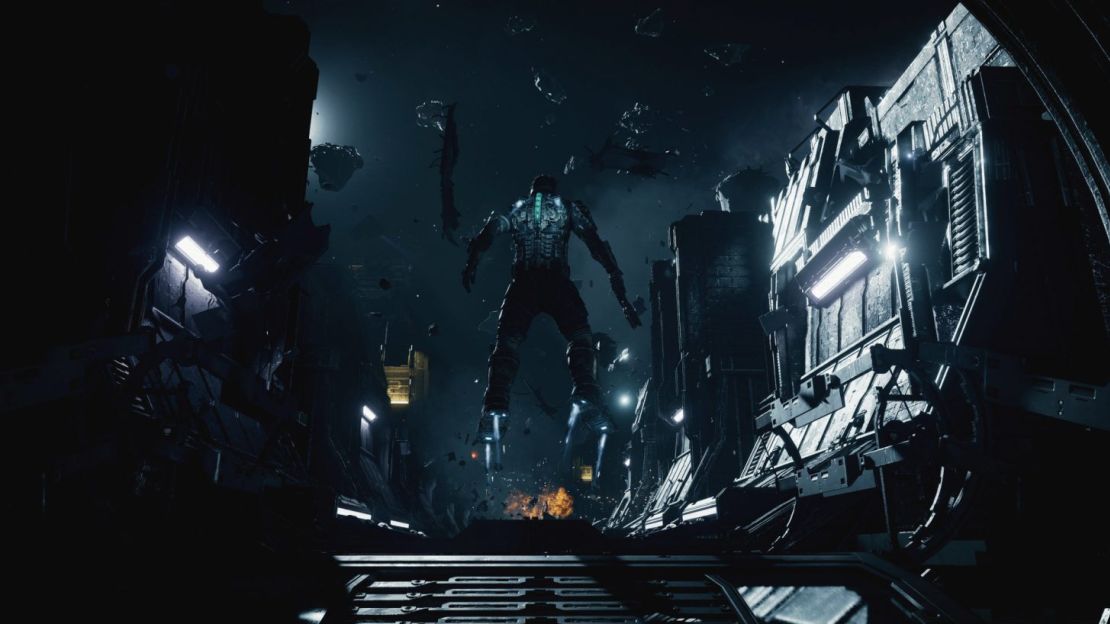
Because Dead Space consistently proves its worth as a remake and its relevance as a contemporary survival horror experience, its flaws tend to stand in stark contrast to its strengths. The holographic map, for example, while an improvement over the original game’s, hasn’t evolved enough to match the complexity of the expanded environments. Navigating the interface, especially in more labyrinthine areas, can be more trouble than it’s worth.
The game’s numerous zero-gravity areas also feel like a step back from the rest of the experience. Thanks to overhauled controls, they’re a definite upgrade over the original’s zero-g sections, but they occasionally breed frustration, particularly when coupled with a rapidly depleting oxygen supply. They’re not deal breakers, but you may find yourself a bit dismayed every time you’re pulled from the stellar combat and exploration to float and thrust among the stars.
Some of the remake’s voice performances also feel like they’ve been in stasis since 2008. Again, Isaac’s vocal contributions are a welcome addition, bringing more nuance and emotional depth to the character, but the rest of the crew is hit or miss. Clarke’s superior Hammond, for example, regularly reacts to the increasingly horrifying events with about as much fear and urgency as a man who left his bagel in the toaster a little too long.
Bottom line
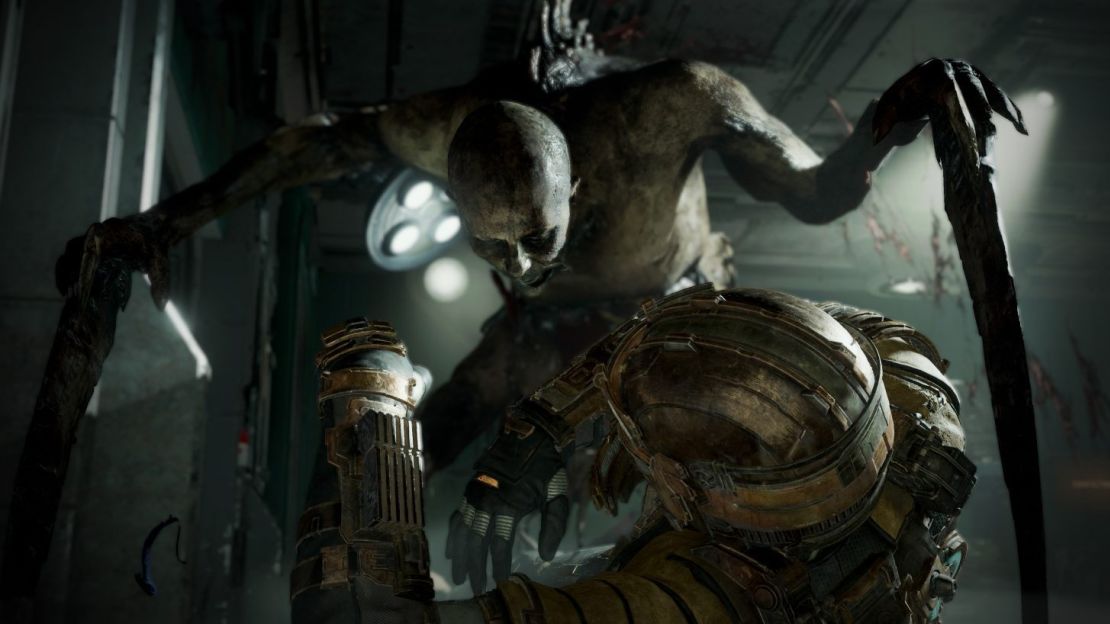
Like a nearly-defeated Necromorph crushed beneath Clarke’s chunky boot, these nitpicks are effortlessly squashed in the face of the game’s considerable strengths. Unleashing its limb-lopping arsenal to immobilize its parasitic creeps is particularly satisfying, especially when most monster-slaying games still insist a slug to the skull is the best way to silence otherworldly threats.
Couple this core combat with an absorbing, absolutely terrifying atmosphere; cinematic presentation; and rewarding gameplay — that doesn’t involve dismemberment — and Dead Space is the rare remake that respects its roots, but isn’t afraid to take risks to improve upon them. A must-play for seasoned space miners and new planet-cracking recruits alike, Dead Space succeeds as both the definitive take on a cult classic and a stellar, next-gen survival horror entry.

